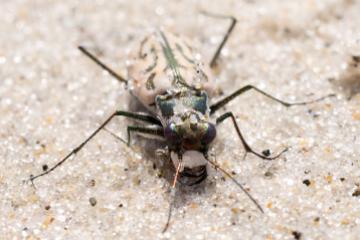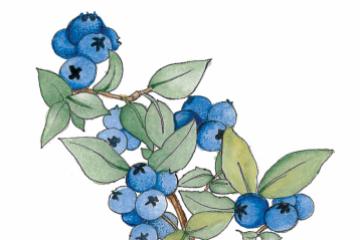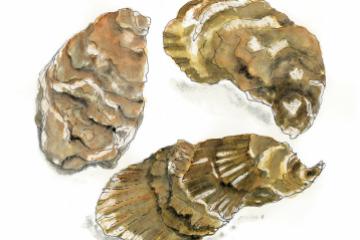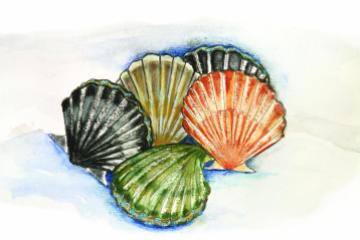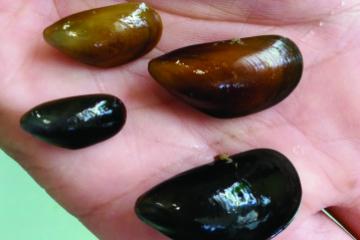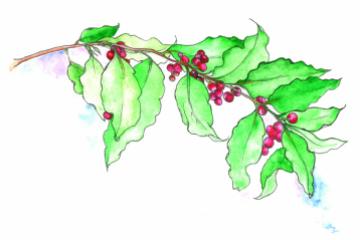An ecological success story has been taking place largely out of sight – underfoot and under the sand on the south shore, where the northeastern beach tiger beetle has been making a comeback.
Sara Brown
(Vaccinium corymbosum,Vaccinium angustifolium)
Blueberries won’t ripen until June (at least), but spring is the perfect time to scout locations. The plants have small white or pink bell-shaped flowers that make them easy to identify. If you find a good stash, take note, and then keep quiet. Wild blueberries are in high demand.
The off-season may be quiet on the Cape and Islands, but it is a busy time for the area’s gray seals.
Sara Brown
It’s a strange twist of fate that oysters, often described as nature’s aphrodisiacs, are such funny-looking things.
Forget hunting or fishing – starting in October, gathering sweet bay scallops is where it’s at.
If all goes well, local biologists will soon be growing gold in local waters. Scientists with the Martha’s Vineyard Shellfish Group and the Marine Biological Laboratory (MBL) have been breeding golden mussels, a unique-hued version of the common mussel that they hope will boost the Island’s nascent farmed mussel industry.
Sara Brown
What type of berry is safe to eat but not to plant? The answer isn’t so much a riddle as a home cook’s pro tip and a gardener’s cautionary tale. Autumn olives, small red berries with silver flecks, are abundant on the Island – too abundant, in fact. The native Asian shrubs and trees, introduced to the U.S. in the 1800s to line roadways and prevent erosion, today pose a significant threat to native foliage. In 2006 the state of Massachusetts declared it unlawful for autumn olives to be sold or replanted.
On Martha’s Vineyard, owls are found almost everywhere. But for every twenty owls you hear, you may see only one.

